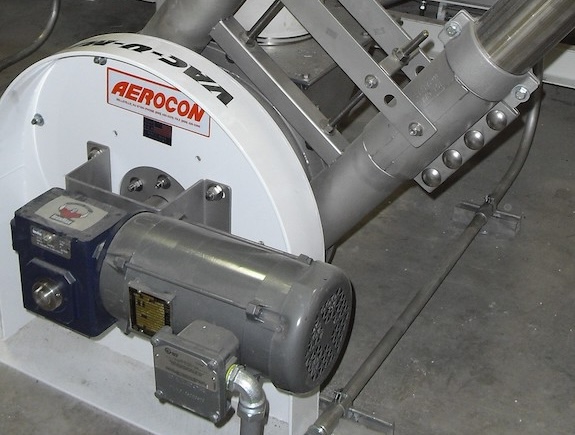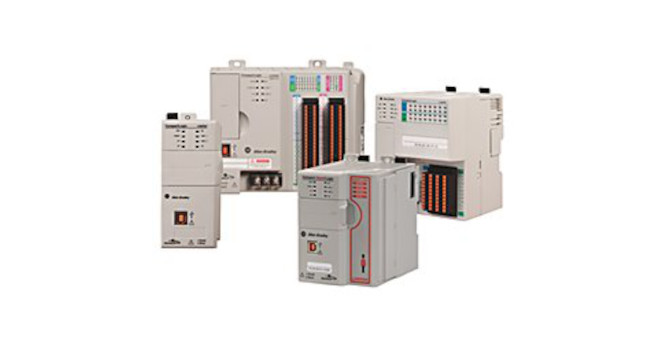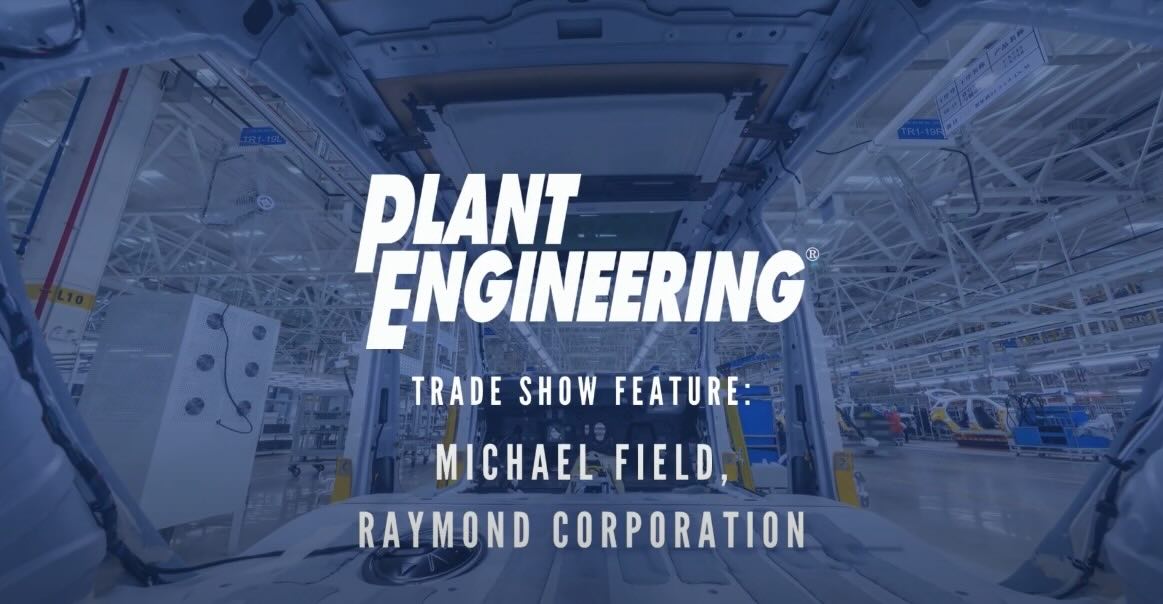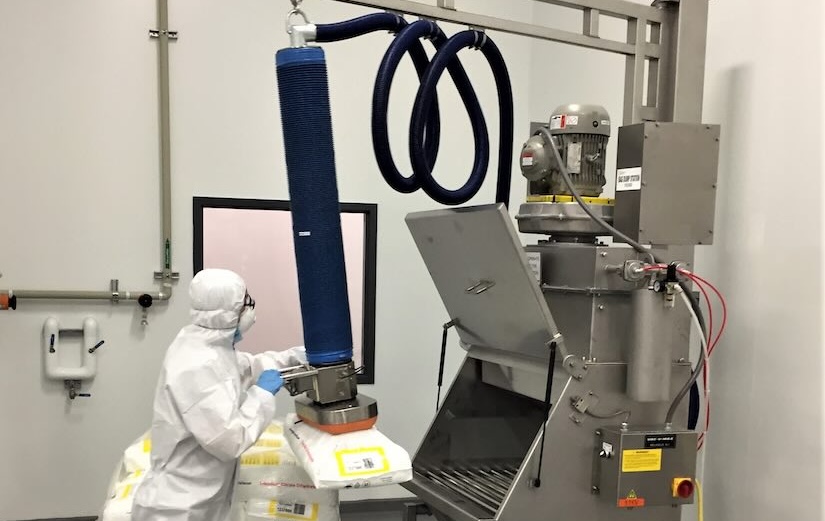In the competitive global market, efficiency is no longer a luxury -- it is a critical component of successful companies.
In the competitive global market, efficiency is no longer a luxury — it is a critical component of successful companies. Whether it is the shipping/receiving area or interior/exterior openings, doors play a key role in maintaining throughput and efficiency.
As companies continually look to do more with less, the likelihood door openings will be pushed beyond their design capacities increases. Higher traffic volumes create congestion and increase the potential that safety and productivity will be compromised.
Against this backdrop rests the fact that industrial doors are traditionally given little consideration in plant design or productivity improvement studies. This commonplace, but shortsighted, approach to door selection is responsible for a substantial amount of “hidden” costs — including unnecessary expenses and wasted time.
A better understanding of industrial doors and how they should be selected exposes these hidden costs, improves safety, and elevates productivity.
Hidden costs
All industrial doors are not alike. An overhead sectional door that is perfectly suited for one application could turn into a money pit when used on a job for which it was not designed.
Saving money by purchasing the least expensive door is desirable only if the decision includes an understanding of how effective it will be at minimizing hidden costs, including potential injuries, repairs, and lost productivity.
Employee safety. Perhaps the most significant hidden cost tied to doors is the potential for work-related injuries. With the prevalence of hard, bottom-bar technology of conventional high-speed, roll-up doors, workers are at risk of serious injury. In fact, a hard-edge bottom bar, even equipped with a reversing feature, impacts with a downward force in excess of 150 lb/sq. in.
The fact is people hit doors — doors do not hit people. Traffic in a facility usually travels perpendicular to its roll-up doors. As a result, most impacts are the result of lateral collisions, not from someone positioned under the door.
Unfortunately, advancements in sensor activation and breakaway bar capabilities do more to safeguard the door than personnel. Given this fact, soft bottom-edge technology has emerged as the single solution to lessening the constant safety threat of the high-speed door. In addition, sectional models equipped with free fall prevention capabilities provide added safety by halting the descent of a damaged door.
There is another less obvious safety risk associated with doors. If a sectional door is damaged or does not operate properly, there is a strong temptation for employees to force it open manually, since they may see this as the simplest solution for maintaining throughput. Unfortunately, a damaged door often jams or is out of balance, which makes it heavier than it seems. Back or head injuries resulting from a damaged door are never anticipated, but they are too frequent to ignore.
Repairs. The most prevalent hidden expense associated with doors is repairs. Despite the benefits of impactable doors, which result in lower repair costs, the most common problems of other types continue to include damaged panels, tracks, and bottom panels.
Although repair costs are absorbed in almost every maintenance budget, few companies are truly aware of them or consider the expense when purchasing a door. Because repair costs have become such an accepted part of owning a door, too many companies take the attitude that it is advantageous to save money upfront by purchasing the least expensive door so they have money to repair it later.
Unfortunately, the “door is a door” mentality is often entrenched in the purchasing process, and many companies fail to see the importance of making an additional investment now to save money down the road. The true cost of a door is its purchase price plus the cost of repairs over its life. Companies that fail to base their purchasing decisions on this fact often end up paying several times as much for repairs as they do to buy it.
Productivity. Output lost or adversely affected by a disabled door is often overlooked, but ultimately shows up on a company’s bottom line. When a door is disabled, openings are lost, options become limited, and traffic flow often changes within the plant. Other doors have to pick up the load, which increases both congestion and safety concerns. This situation can be a substantial hidden cost.
For example, consider a high-speed door cycling 300 times/day. If disabled, it might add up to 30 sec to redirect traffic flow around it, and as a result, approximately 2 1/2 hr of productivity could be lost each day.
In addition, a disabled door left open raises environmental and quality concerns. Wasted energy, blowing debris, and insects greatly affect employee safety and comfort, manufacturing, and energy costs.
Also, remember that every time a door is impacted, it risks losing its seal. It may open and close adequately, but if it no longer seals, the door is not operating properly as a barrier.
Selection considerations
Perhaps the simplest way to control hidden costs is to ensure that the proper door is chosen for the application. Industrial doors have evolved substantially over the years and there is a wide variety on the market. Understanding the features of each door and how it benefits a given application greatly reduce hidden costs.
In reality, many companies end up underpurchasing their door to save money, or have not properly assessed the application. Because they don’t know what they want the door to do, the selection is not based on a clear set of objectives. This lack of understanding increases the probability that the wrong door will be selected.
Important factors
Purchasing an industrial door is a process that requires an understanding of several factors, including the door’s function, frequency with which it cycles, and strategic importance in regard to the plant’s traffic flow. To ensure that the right decision is made, the selection should be viewed as the solution to a total productivity challenge, rather than a simple purchasing decision.
Intended use. In simplest terms, the purpose of a door is to seal a wall opening. This barrier might be needed for a number of reasons, such as protecting the internal environment from rain, snow, or humidity; or maintaining the internal temperature by sealing in heat or cold. The door might be needed to control dirt, debris, and other environmental concerns; or to enhance security by regulating who or what can enter and leave the plant.
In short, an industrial door is a barrier that provides better control over a facility. As a result, the first determination to make when selecting the door is what is it trying to control.
Cycles. How often will the door be used? The potential for repair costs and damage increase in proportion to the frequency of door cycles.
Current and anticipated traffic volumes should be considered. High-speed fabric doors are a good choice in areas with heavy traffic, while sectional doors are a good option where speed or volume is not a primary consideration.
Choosing a low-speed door for a high-volume traffic area impedes flow and greatly increases the potential for repair costs. For example, a sectional door in an area that cycles as little as 100 times/day is apt to be left open for long periods, which defeats the purpose of having a barrier.
Activation. Frequency of use helps determine the type of activation devices required. Proper activation improves safety and productivity, and allows the user to tailor the door’s operation to traffic patterns and reduce human error to minimize door impacts.
A pull cord may be an appropriate selection for a door that only cycles 12 times/day. On those that operate 300-500 times/day, however, an induction loop system or other activation should be considered. In between this range, users may also consider a full array of methods that includes radio or pushbutton control, electronic eye, and motion sensors.
Location. This factor is critical to the selection process. Unfortunately, there is no one door that fits every application.
Location must be considered in relation to existing and potential traffic patterns, including loading dock, exterior, and interior applications. Even a door rarely used can sustain damage if it is located in a congested area.
One way sectional doors get damaged is by fork lift operators who use closed doors to center their pallets. Whether the pallets are loaded or unloaded, the force of the impact can bend the track or the bottom panel, break a roller, or stretch a spring.
As a result, it is a good decision to invest in doors better equipped to deal with the rigors of such high-use areas. These doors should be easy to repair, preferably with breakaway panels, flexible tracks, and guides that refeed rollers and reset the door if it snaps off the track.
Facility changes. Anticipating changes in the design and operation of a facility is also critical in selecting the right door. Making a purchasing decision without planning for the future can result in a door that is obsolete shortly after it is installed.
For example, many architects design facilities with 12-ft door openings because it is a standard specification. However, if a company is planning to switch to material handling equipment with 13 1/2-ft masts, openings must be recut, new doors ordered, and additional expenses justified.
Sometimes it can be difficult to anticipate the changes that might occur with traffic patterns and volumes. Retooling a manufacturing facility can make a high-volume door almost obsolete, or transform a currently inactive door into tomorrow’s traffic center.
Preventive maintenance
Like most capital equipment, the final key to minimizing hidden costs is to establish an effective, ongoing preventive maintenance program. Because cycle frequency is the primary determinant of how long a door functions before requiring repairs, PM should be based on operating cycles.
Simply estimate the number of times the door cycles/day and multiply by the number of days/yr the plant is operational. This calculation provides the number of cycles/yr. For example, a door cycling 500 times/day, 6 days/wk, and 50 wk/yr cycles 150,000 times/yr.
PM can be outsourced to the door manufacturer or a certified vendor, or be performed by an inhouse maintenance department. Before establishing an inhouse program, the door’s manufacturer should be referenced to ensure the program addresses all necessary maintenance concerns. And, as is true with any PM, thorough recordkeeping and strict adherence to maintenance schedules are critical to the program’s success.
— Edited by Ron Holzhauer, Managing Editor, 630-320-7139, r.holzhauer.cahners.com
Key concepts
Door openings are usually given little thought when the plant is designed.
Employee safety is probably the most significant hidden cost associated with doors, while repair is the most prevalent.
Selecting a door that matches the application is the simplest and least expensive way to control costs.
Check warranties
Increasingly, door manufacturers are guaranteeing the performance of their doors — even from damages caused by collision. Examining warranty programs and including them in the purchasing decision can mean the difference between paying for repairs to a door that is damaged 24 hr after installation or not.
Selection considerations
– Intended application
– Operating cycles
– Activation options
– Location
– Possible facility changes
More info
Contact the company at 800-285-5956 with technical questions concerning this article. The company web site is www.ritehite.com.
For more information on doors, visit the “Construction and buildings” channel on www.plantengineering.com.



